Kerberos Revealed. This image of Kerberos was created by combining four individual Long Range Reconnaissance Imager (LORRI) pictures taken on July 14, approximately seven hours before New Horizons’ closest approach to Pluto, at a range of 245,600 miles (396,100 km) from Kerberos. The image was deconvolved to recover the highest possible spatial resolution and oversampled by a factor of eight to reduce pixelation effects. Kerberos appears to have a double-lobed shape, approximately 7.4 miles (12 kilometers) across in its long dimension and 2.8 miles (4.5 kilometers) in its shortest dimension. Credit: NASA/JHUAPL/SwRI
NASA’s New Horizons Spacecraft has captured images of Pluto’s tiny moon Kerberos, completing the family portrait of Pluto’s moons.
Kerberos appears to be smaller than scientists expected and has a highly reflective surface, counter to predictions prior to the Pluto flyby in July. “Once again, the Pluto system has surprised us,” said New Horizons Project Scientist Hal Weaver, of the Johns Hopkins University Applied Physics Laboratory in Laurel, Maryland.
The new data, downlinked from the New Horizons spacecraft on October 20, show that Kerberos appears to have a double-lobed shape, with the larger lobe approximately 5 miles (8 kilometers) across and the smaller lobe approximately 3 miles (5 kilometers) across. Science team members speculate from its unusual shape that Kerberos could have been formed by the merger of two smaller objects. The reflectivity of Kerberos’ surface is similar to that of Pluto’s other small moons (approximately 50 percent) and strongly suggests Kerberos, like the others, is coated with relatively clean water ice.
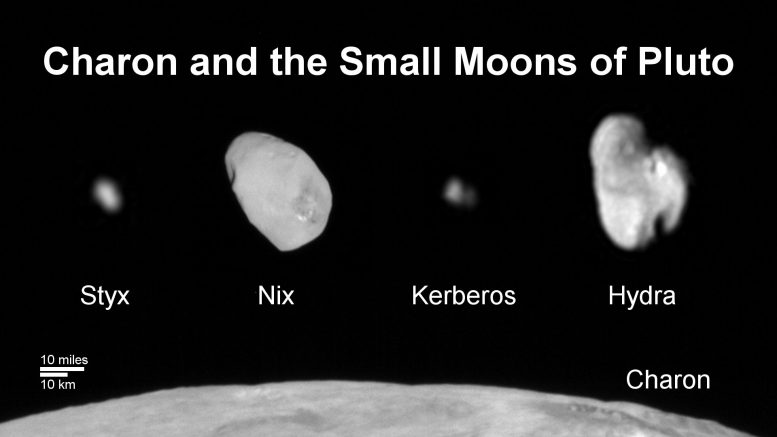
Family Portrait of Pluto’s Moons: This composite image shows a sliver of Pluto’s large moon, Charon, and all four of Pluto’s small moons, as resolved by the Long Range Reconnaissance Imager (LORRI) on the New Horizons spacecraft. All the moons are displayed with a common intensity stretch and spatial scale (see scale bar). Charon is by far the largest of Pluto’s moons, with a diameter of 751 miles (1,212 kilometers). Nix and Hydra have comparable sizes, approximately 25 miles (40 kilometers) across in their longest dimension above. Kerberos and Styx are much smaller and have comparable sizes, roughly 6-7 miles (10-12 kilometers) across in their longest dimension. All four small moons have highly elongated shapes, a characteristic thought to be typical of small bodies in the Kuiper Belt. Credit: NASA/JHUAPL/SwRI
Before the New Horizons encounter with Pluto, researchers had used Hubble Space Telescope images to “weigh” Kerberos by measuring its gravitational influence on its neighboring moons. That influence was surprisingly strong, considering how faint Kerberos was. They theorized that Kerberos was relatively large and massive, appearing faint only because its surface was covered in dark material. But the small, bright-surfaced Kerberos–now revealed in these new images–shows that the idea was incorrect, for reasons that are not yet understood.
“Our predictions were nearly spot-on for the other small moons, but not for Kerberos,” said New Horizons co-investigator Mark Showalter, of the SETI Institute in Mountain View, California. The new results are expected to lead to a better understanding of Pluto’s fascinating satellite system.

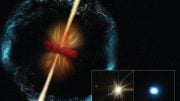
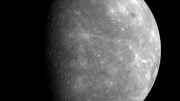
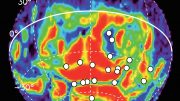
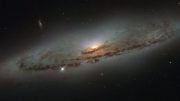


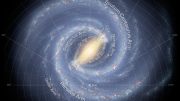
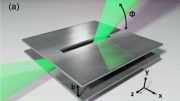
WOW! WOW WOW! thanks this is so useful…..